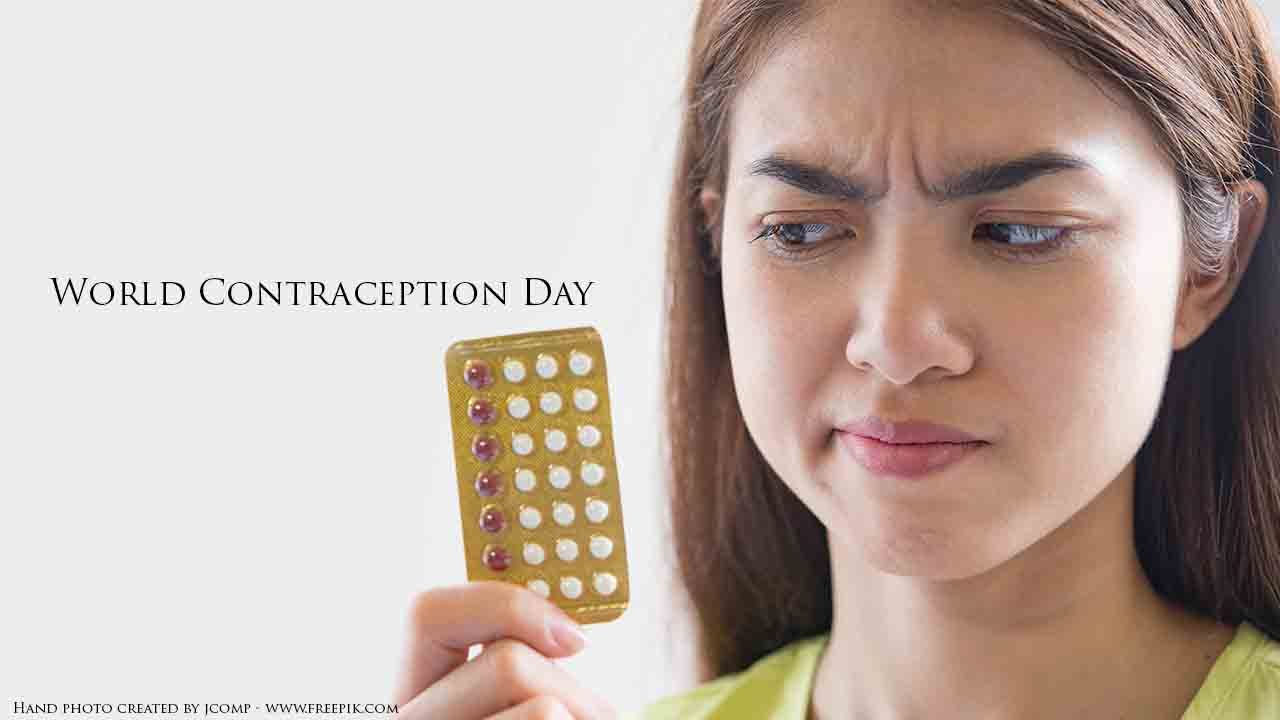Every year on September 26, World Contraception Day is observed for spreading awareness of contraception to enable young people to make informed decisions regarding their sexual and reproductive health.
It is exactly 12 years since World Contraception Day (WCD) was launched on 26 September 2007. The aim is to help each new generation of adults make informed decisions until every pregnancy in the world is a planned one.
In the spirit of World Contraception Day 2019, here are 10 facts about contraception across the globe:
- 211 million pregnancies are estimated to occur every year and currently, more than 40% are unwanted pregnancies.
- Of the 40% unwanted pregnancies, about 50% end with abortion, often in unsafe conditions that threaten the woman’s health and life.
- About 16 million adolescent girls aged 15 to 19 give birth every year, and one million are under 15. They are much more at risk of incurring fatal complications while giving birth than women over the age of 19.
- Young people are more likely to receive sexually transmitted infections than adults. Adolescent girls are disproportionally affected by HIV and account for three in four new infections in sub-Sharan Africa.
- Of the estimated 38 million sexually active adolescents living in developing countries, 60% are, for varying reasons, not using any contraceptive method. Married adolescent girls face the highest level of unmet need for contraceptive use.
- Access to contraceptives is even harder for adolescent girls and young women living in emergency settings, with more than 500 women and girls dying each day due to pregnancy and childbirth complications.
- There are now at least 17 contraceptive methods you can choose from. Female sterilization is the most common method worldwide, followed by the intrauterine device (IUD).
- According to the Encyclopaedia of Birth Control, the first condoms appeared in 3000 B.C. They were made from animal intestines and fish bladders.
- The pill was first introduced in the UK in 1961, but for married women only.
- It is currently estimated that £0.75 per person per year is the cost of modern contraceptive services in developing regions. Improving and expanding the services to meet all women’s contraceptive needs would cost £1.40.


















